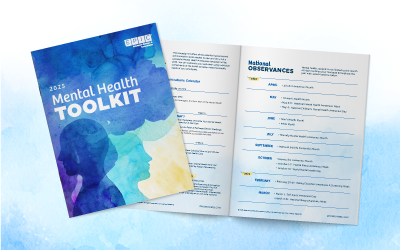Viewpoints from Ayana Collins
I read a lot of articles on the latest wellness trends in my downtime, and my most recent search results page yielded titles alluding to the end of traditional wellness programs. And I agree – programming with a one-size-fits-all approach has run its course.
Wellness providers have responded by creating digital ecosystems with access to multiple resources to make the participant experience more personalized. Employees are more likely to participate if they feel the wellness program aligns with their needs and provides appropriate support.
Clients frequently ask me how can they create an engaging, holistic wellbeing program that serves the needs of their diverse workforce while staying within budget and minimizing the administrative burden on Human Resources staff. I find there are three keys to success:
Know Your Employees.
Spend a reasonable amount of time getting to know your employees’ needs and behaviors. Poll them through short surveys, focus groups, and one-on-one conversations. Ask questions about what sources of information they use when they want to learn more about a health topic. Do they reach out to a health professional or search online? Combine this information with other data from health risk assessments, claims utilization reports, and health risk migration reports. Utilizing all of this data allows us to understand employees’ awareness of health risks, where they turn for education and how successful they are at maintaining behavior change.
Allow Employees to Choose Their Path.
Employees should be able to choose an option best suited for them at a particular point in their lives. Studies have shown that employees who don’t participate do not see the value for them. There should also be flexibility in wellness incentive structures. Allow employees to choose a reward that motivates them to make positive behavioral changes.
Communicate. Communicate. Communicate.
Frequent communication is essential to generating and maintaining engagement. Messaging should always be short and resonate with employees. The communications should illustrate the value of the program and the company’s dedication to the program (this is a big one!). It is also important to frequently remind employees of the security measures in place to protect their information and disclose what information is shared.
The first quarter of 2020 is almost over and this is an excellent time to look at employee engagement and how you can improve employees’ wellbeing more effectively. A great wellness consultant will be ready to assist your team with this process.
Related Content
Products
Employee Benefits Consulting
Our dedicated benefits team is focused on delivering better outcomes – to both your benefits program and ...
Products
Wellbeing & Health Management
Our consultants help you create a strategy around health management that will impact your culture and your ...
Products
Communications & Engagement
Our Communications & Engagement team develops effective campaigns that enhance workforce awareness and ...


